Quite a few years ago now, we spent a brilliant day with my cousin Ernie Murray at Banrock Station in the South Australian Riverland country.
Ernie was one of two rangers permanently employed there. At the time, Banrock were busy nurturing a large Murray River wetland back to life after many years of neglect. Ernie was a part of this exciting project.
Banrock grow grapes and produce high quality wine, exported around the world. And they’re committed to restoring the original wetlands as best they can.
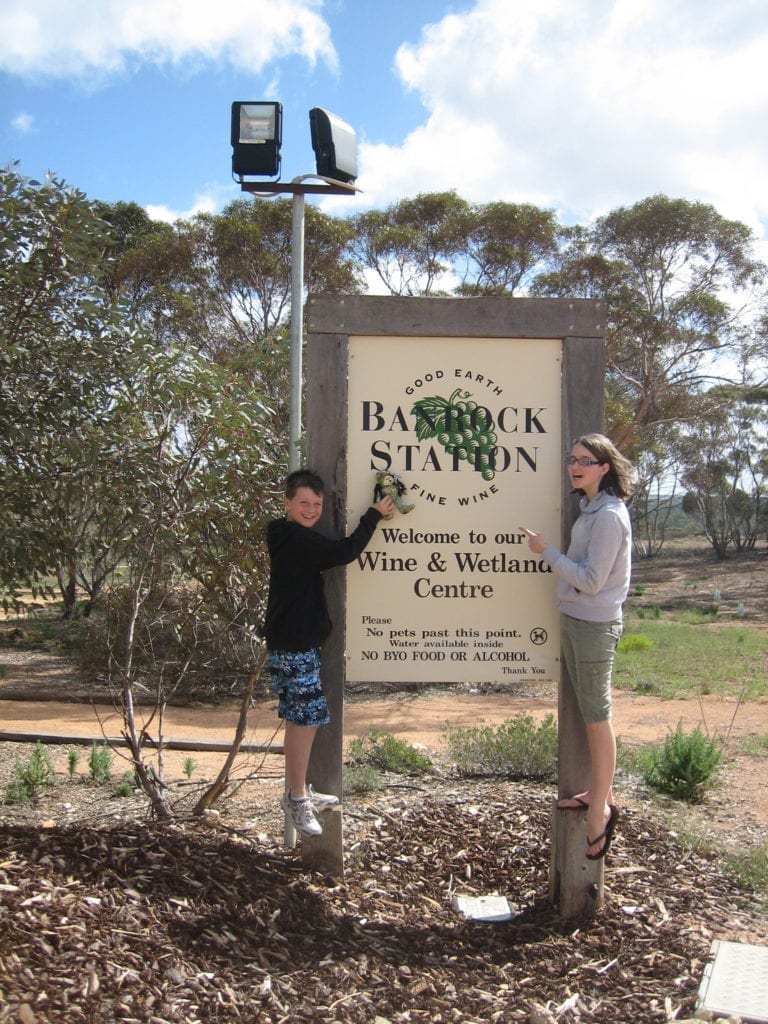
Restoring Nature
Banrock Station’s 1,600 hectares of wetlands are protected as a site of international importance under the Ramsar Convention. Grapes grow on the dry hilly slopes away from the river, while wetlands cover the extensive river flats.
The wetlands used to naturally drain and fill periodically, until the Murray was turned into a series of giant dams. Consequently, the wetlands had been permanently flooded for many years and were suffering. They originally had a natural inlet and outlet to and from the river… but the inlet is now about 3 metres below the existing water line on the river!
Not surprisingly, dead river red gums litter the wetlands. They can withstand short duration flooding, in fact they need it to survive and to propagate. But they’ll eventually drown if left standing in flood water for long periods of time.
Apparently the Murray’s normal cycle was to flow in good times then dry up into a series of waterholes in the dry times.
This was a problem when paddle steamers were on the river, as they could be stranded for many months. The solution? Build locks and weirs. In the process, the Murray’s natural river level changed dramatically.
And the critical wet/dry cycles the wetlands rely on to survive? They disappeared.
You’ll notice dead river red gums all along the Murray in the Riverland country. Sadly, they’ve drowned. They’re a red flag, indicating the land has either been flooded due to weirs or the salinity has increased to the point where the trees have died.
Over time the paddle steamers faded away… but the weirs remained. Local communities had come to rely on them for town water supplies, irrigation and recreation.
So a few years ago, the decision was made to control the draining and filling of the Banrock wetlands to simulate “normal” conditions. The results have been spectacular.
Our Personalised Tour
Ernie took us on a brilliant guided tour. The wetlands were drained at the time, so we could cover a large part of it. He showed us heaps of river red gum saplings which had sprouted since the fill-drain cycle commenced.
We saw black swans with cygnets, all sorts of native flowers and vegetation. It’s a beautiful spot, there’s so much to see when you open your eyes. Of course we had our own private tour guide, which always helps!
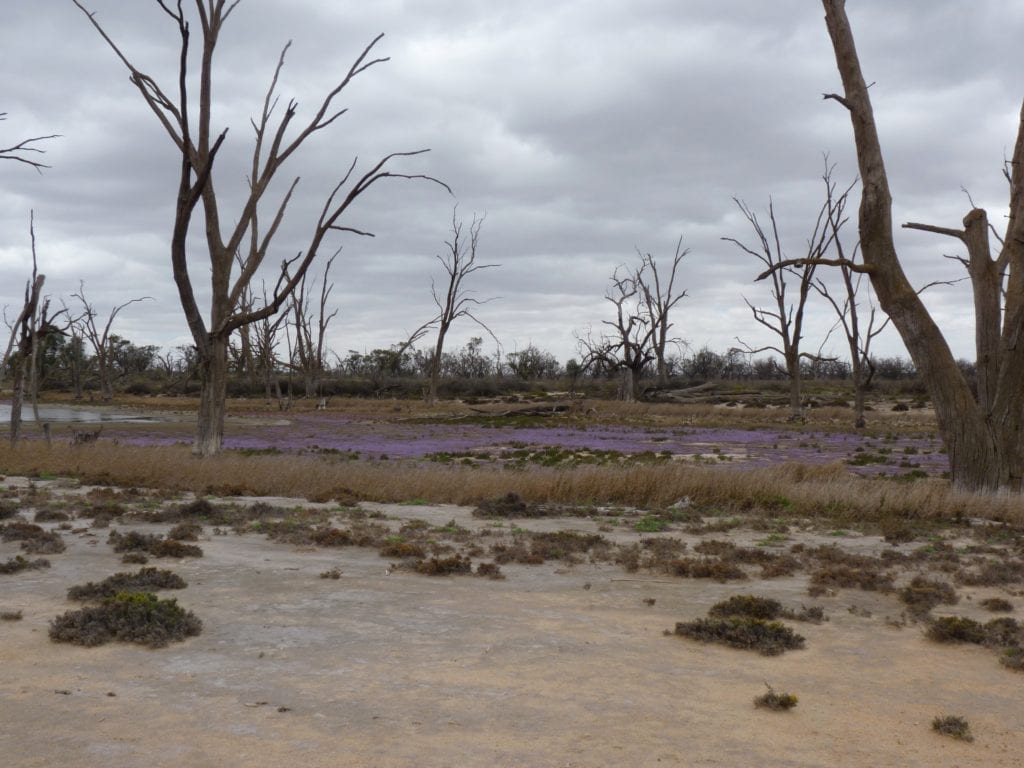
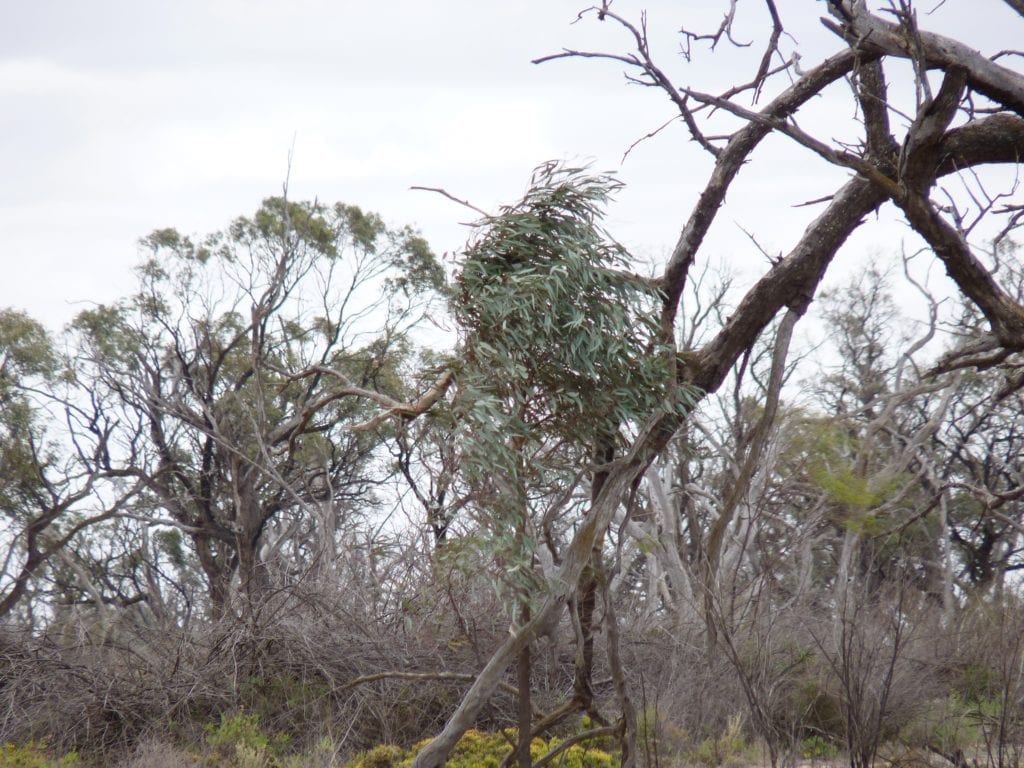
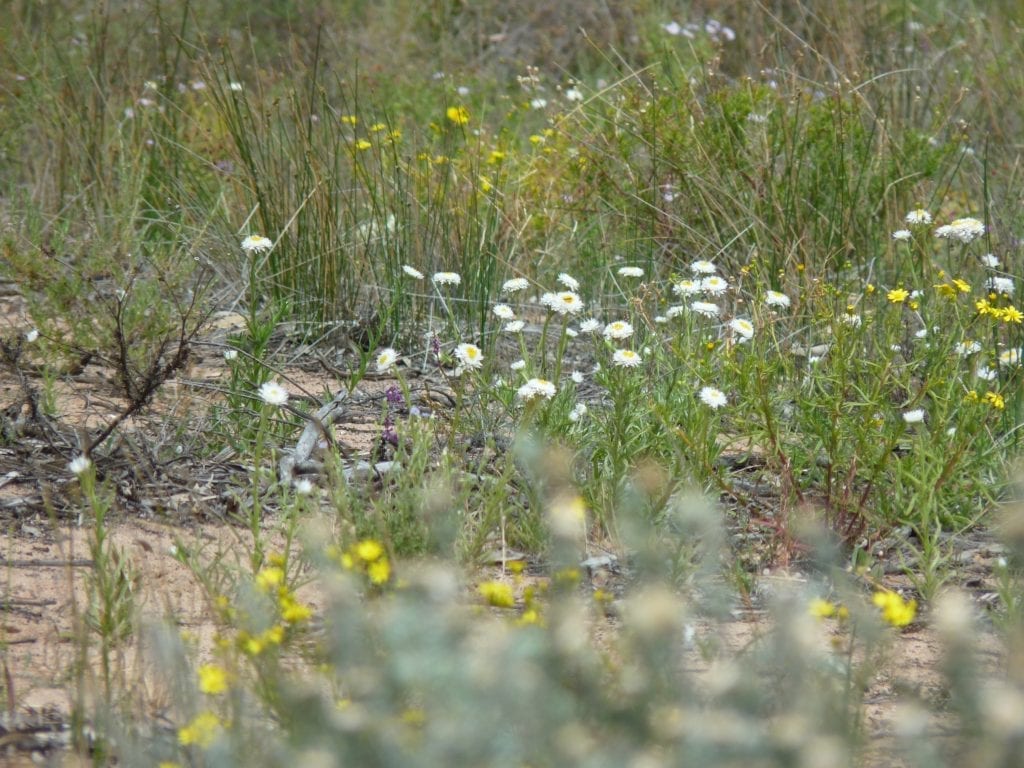
These magnificent black swans were the proud parents of 3 cygnets. Their nest was a huge mound of weeds in a shallow lake. They lay eggs on top and sit on them, surrounded by the safety of water. Pretty clever.
The wetland inlet and outlet were blocked by banks of soil. It was sobering to see the river level so far above the natural level.
A stainless steel bar grid at the inlet lets the small fish in but keeps out the carp. It was originally built with horizontal bars, but it had to be changed to vertical bars. Apparently the fish refused to swim through sideways. Fussy fish!
The outlet had a clever carp trap. Carp jump, so there was a section in the trap for the carp to jump into. Other fish push through a small opening and continue on their merry way. Very simple but ingenious.
Ernie said somehow the fish know when the wetlands are being drained. As soon as the inlet’s closed off, there’s a mass exodus through the outlet. After a couple of weeks the wetlands are devoid of fish. No one knows how the fish can sense this.
Another of nature’s great mysteries is how the birds know when Lake Eyre fills. Ernie said when it began to fill earlier that year, all of the pelicans disappeared from Banrock Station and surrounds virtually overnight.
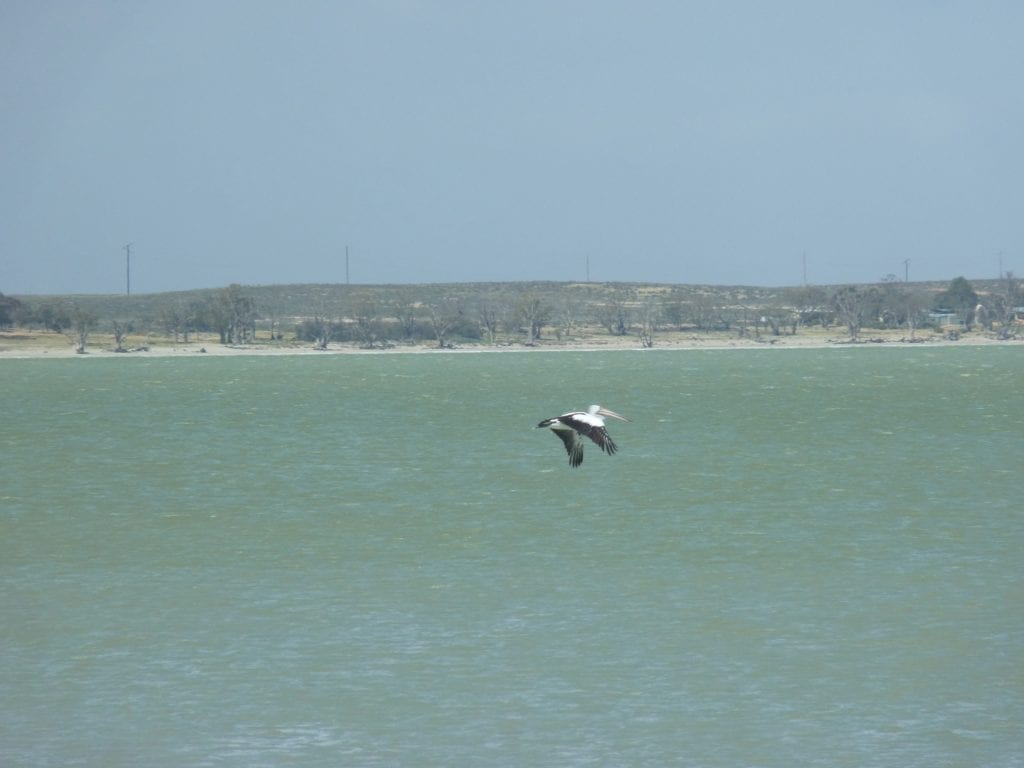
Massive Floods
The Murray River is renowned for big floods – none more so than the 1956 flood (in whitefella history anyway). The 1956 flood is at the top in this photo, 8 metres from ground level. This flood would have spread hundreds of kilometres out from the river in such flat country. It’s difficult to imagine so much water.
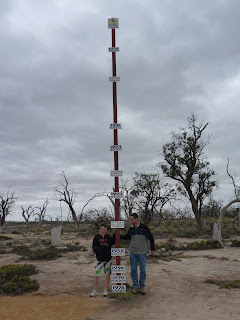
The Silent Killer
Salinity is a major problem along the Murray River. The artificially high river level has raised the water table under surrounding countryside. There were patches denuded of any vegetation, and thousands of dead and dying trees just in the small area of Banrock Station.
It’s the same story up and down the Murray. River red gums hundreds of years old are dying because they are drowning or copping high salinity levels. Very sad and horrible to see – hope it’s not too late, but I’d be surprised if it hasn’t passed the point of no return.
Exciting News!
Banrock have to apply for water allocations just like all of the irrigators. So it was pretty exciting when Ernie took a call just as we approached the blocked off inlet – their water allocations had been approved.
Ernie was going to organise an excavator to break down the bank at the inlet.
All in all a fantastic day and a huge thanks to Ernie.
Banrock Station Wetlands Transformed
2 days after the inlet was opened, we dropped in to have a look. As the photo shows, it was transformed even after such a short time. No doubt the bird life would be back there in force.
Banrock Station is a rare good news story. What they’re doing is critical to the river’s ecosystem health. And it’s a shining example of what can be done if we put our minds to solving a problem.
Sadly, Banrock is an exception along this once mighty river. The Murray is still an impressive sight. However, it’s more a series of dams than a flowing river. Hopefully one day we’ll all wake up and figure out that we can’t keep destroying our environment without major consequences.
Banrock Station is on Meru Country.
Looking for more South Australian Destinations? Then go here.

Get your Traveller’s Guides
… and a whole lot more at our FREE RESOURCES Page!
Any questions or comments? Go to the Comments below or join us on Pinterest, Facebook or YouTube.
Any errors or omissions are mine alone.

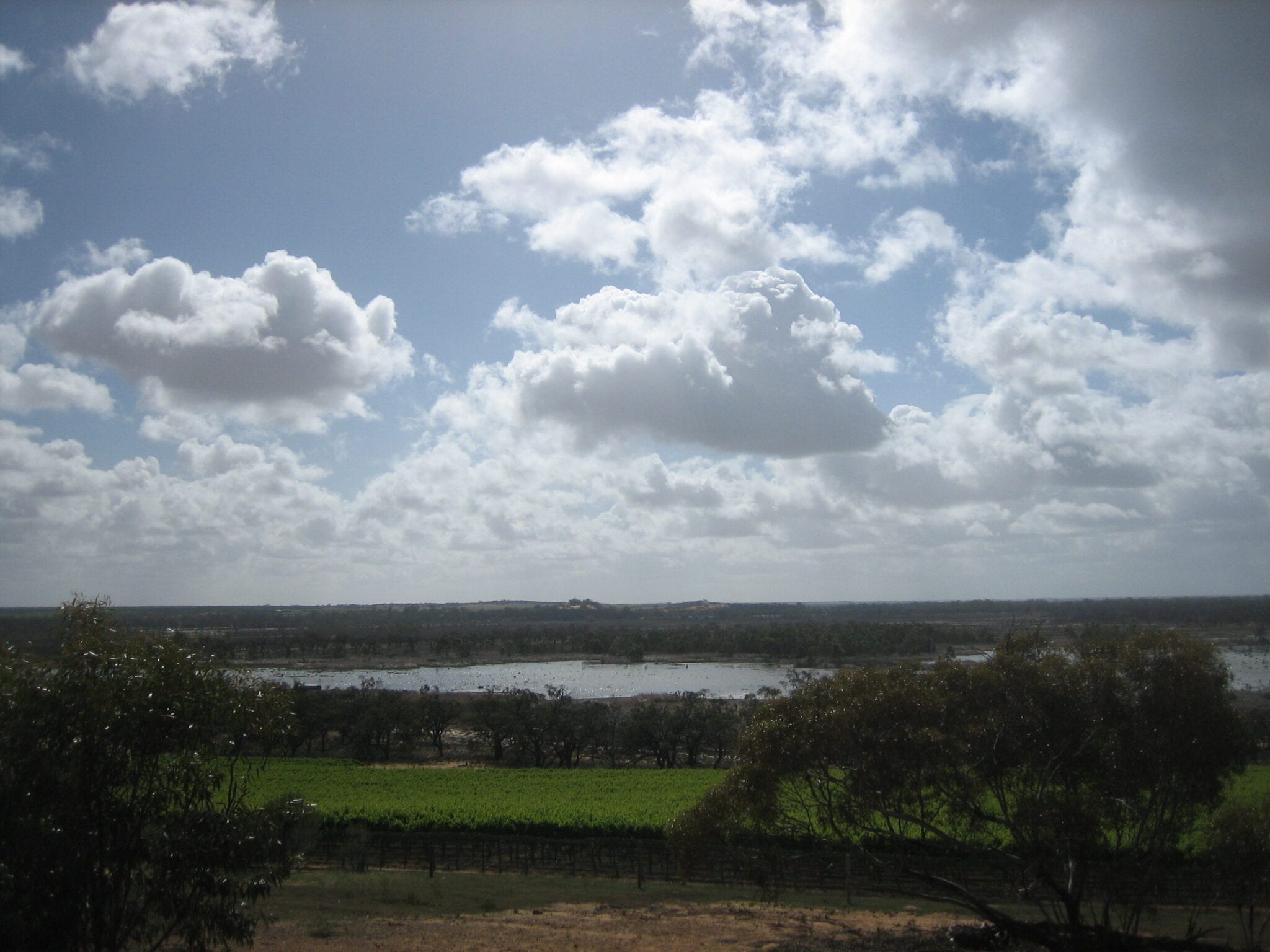

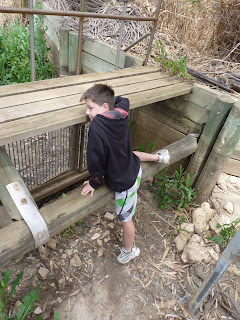
Great photo of Ben!!
He's a handsome devil isn't he…